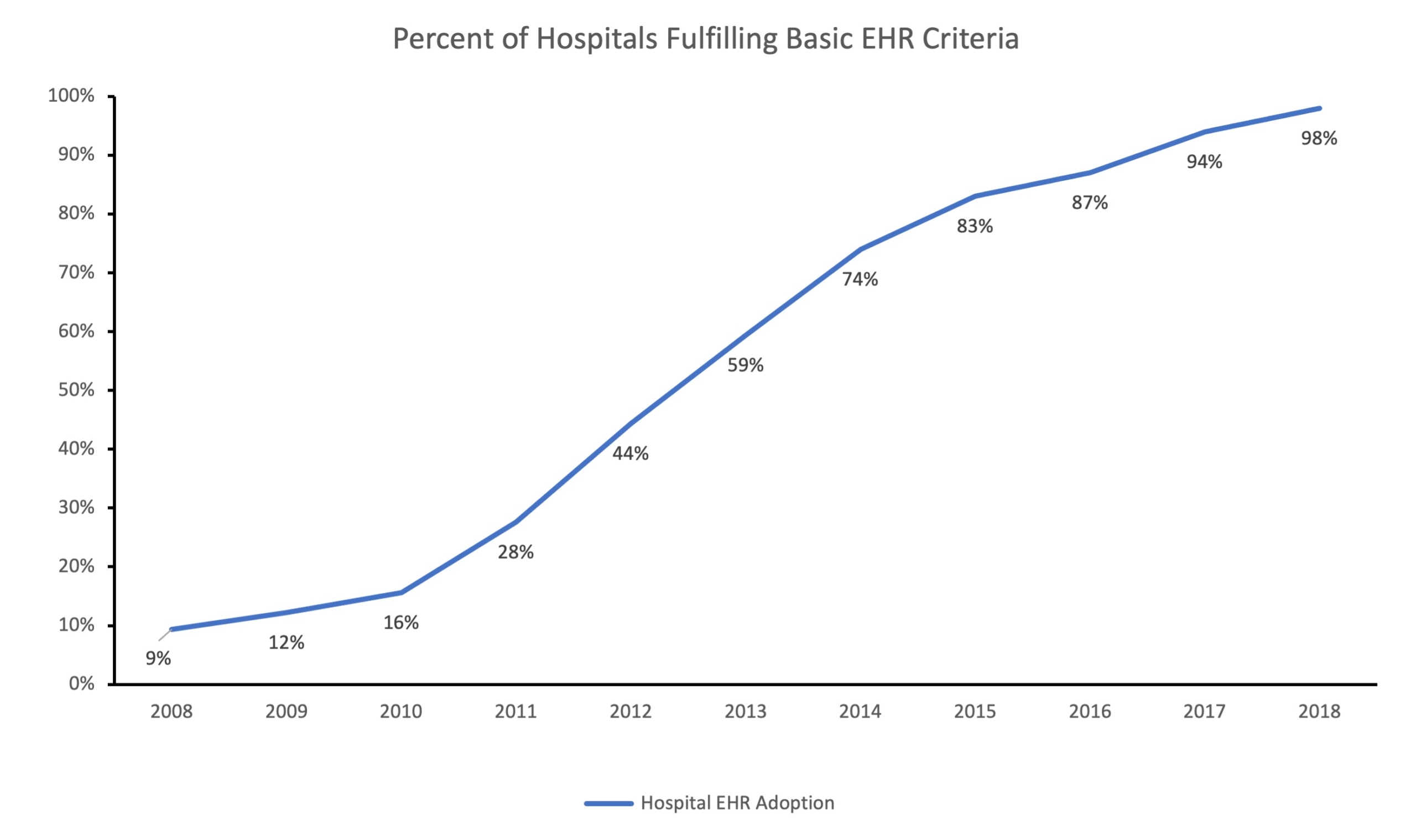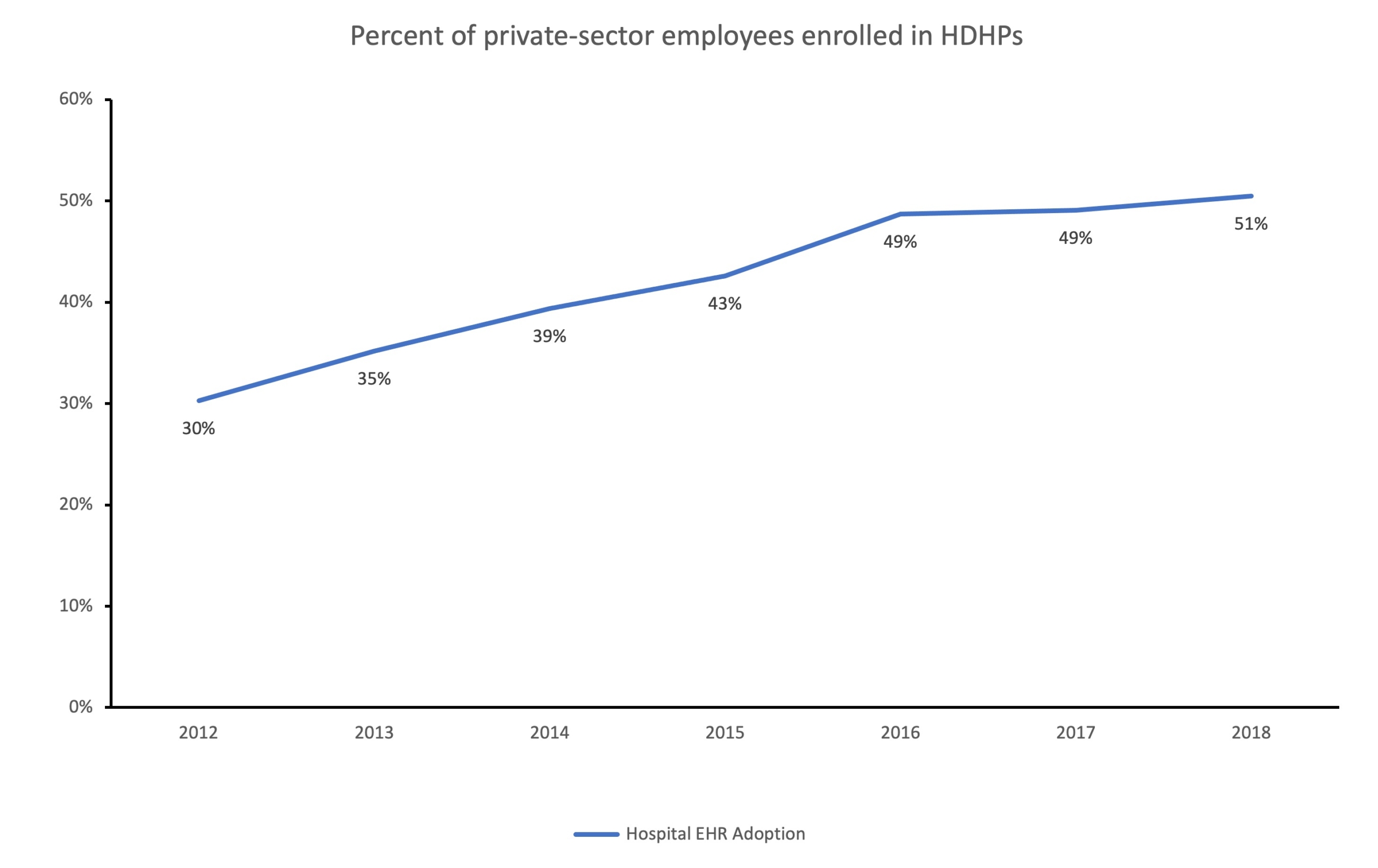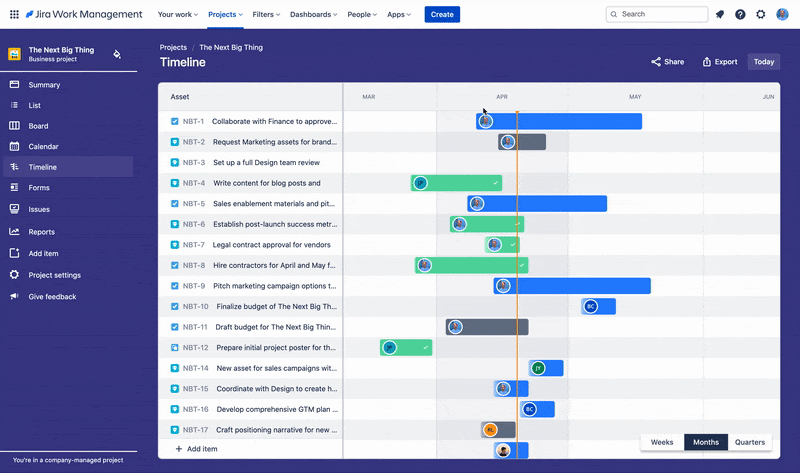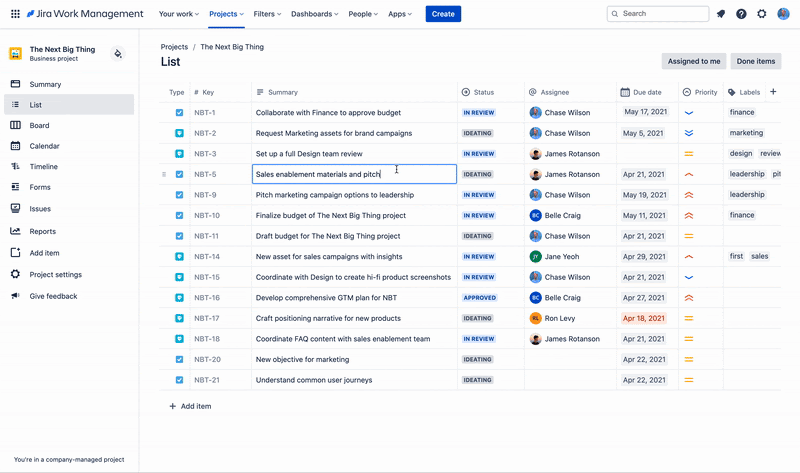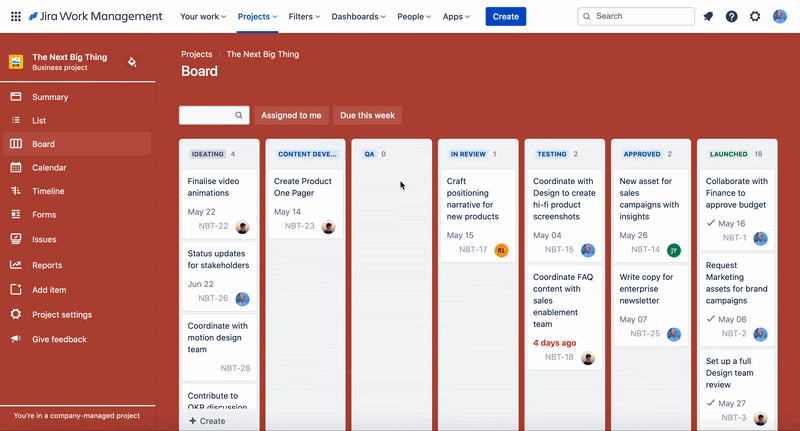RapidDeploy raises $29M for a cloud-based dispatch platform aimed at 911 centers
The last year of pandemic living has been real-world, and sometimes harrowing, proof of how important it can be to have efficient and well-equipped emergency response services in place. They can help people remotely if need be, and when they cannot, they make sure that in-person help can be dispatched quickly in medical and other situations. Today, a company that’s building cloud-based tools to help with this process is announcing a round of funding as it continues to grow.
RapidDeploy, which provides computer-aided dispatch technology as a cloud-based service for 911 centers, has closed a round of $29 million, a Series B round of funding that will be used both to grow its business and continue expanding the SaaS tools that it provides to its customers. In the startup’s point of view, the cloud is essential to running emergency response in the most efficient manner.
“911 response would have been called out on a walkie talkie in the early days,” said Steve Raucher, the co-founder and CEO of RapidDeploy, in an interview. “Now the cloud has become the nexus of signals.”
Washington, DC-based RapidDeploy provides data and analytics to 911 centers — the critical link between people calling for help and connecting those calls with the nearest medical, police or fire assistance — and today it has about 700 customers using its RadiusPlus, Eclipse Analytics and Nimbus CAD products.
That works out to about 10% of all 911 centers in the U.S. (7,000 in total), and covering 35% of the population (there are more centers in cities and other dense areas). Its footprint includes state coverage in Arizona, California and Kansas. It also has operations in South Africa, where it was originally founded.
The funding is coming from an interesting mix of financial and strategic investors. Led by Morpheus Ventures, the round also had participation from GreatPoint Ventures, Ericsson Ventures, Samsung Next Ventures, Tao Capital Partners and Tau Ventures, among others. It looks like the company had raised about $30 million before this latest round, according to PitchBook data. Valuation is not being disclosed.
Ericsson and Samsung, as major players in the communication industry, have a big stake in seeing through what will be the next generation of communications technology and how it is used for critical services. (And indeed, one of the big leaders in legacy and current 911 communications is Motorola, a would-be competitor of both.) AT&T is also a strategic go-to-market (distribution and sales) partner of RapidDeploy’s, and it also has integrations with Apple, Google, Microsoft and OnStar to feed data into its system.
The business of emergency response technology is a fragmented market. Raucher describes them as “mom-and-pop” businesses, with some 80% of them occupying four seats or less (a testament to the fact that a lot of the U.S. is actually significantly less urban than its outsized cities might have you think it is), and in many cases a lot of these are operating on legacy equipment.
However, in the U.S. in the last several years — buffered by innovations like the Jedi project and FirstNet, a next-generation public safety network — things have been shifting. RapidDeploy’s technology sits alongside (and in some areas competes with) companies like Carbyne and RapidSOS, which have been tapping into the innovations of cell phone technology both to help pinpoint people and improve how to help them.
RapidDeploy’s tech is based around its RadiusPlus mapping platform, which uses data from smart phones, vehicles, home security systems and other connected devices and channels it to its data stream, which can help a center determine not just location but potentially other aspects of the condition of the caller. Its Eclipse Analytics services, meanwhile, are meant to act as a kind of assistant to those centers to help triage situations and provide insights into how to respond. The Nimbus CAD then helps figure out who to call out and routing for response.
Longer term, the plan will be to leverage cloud architecture to bring in new data sources and ways of communicating between callers, centers and emergency care providers.
“It’s about being more of a triage service rather than a message switch,” Raucher said. “As we see it, the platform will evolve with customers’ needs. Tactical mapping ultimately is not big enough to cover this. We’re thinking about unified communications.” Indeed, that is the direction that many of these services seem to be going, which can only be a good thing for us consumers.
“The future of emergency services is in data, which creates a faster, more responsive 9-1-1 center,” said Mark Dyne, founding partner at Morpheus Ventures, in a statement. “We believe that the platform RapidDeploy has built provides the necessary breadth of capabilities that make the dream of Next-Gen 9-1-1 service a reality for rural and metropolitan communities across the nation and are excited to be investing in this future with Steve and his team.” Dyne has joined the RapidDeploy board with this round.
![]()

